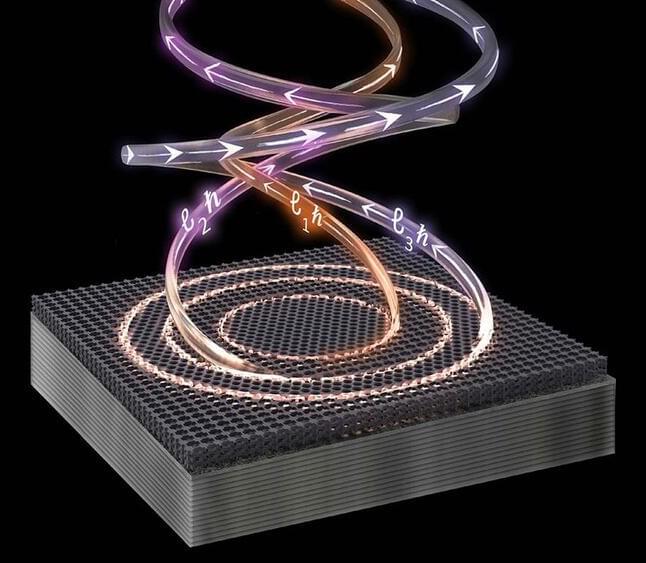Pat Gelsinger is opening up America’s historically hermetic semiconductor giant — and shaking up its industry in the process | Business.


Time Studios and Netflix are chronicling the mission, which launches Sept. 15.
The private Inspiration4 astronauts on SpaceX’s first all-civilian spaceflight star in a new Netflix documentary on their historic flight.

Quantum Machines, an Israeli startup that is building the classical hardware and software infrastructure to help run quantum machines, announced a $50 million Series B investment today.
Today’s round was led by Red Dot Capital Partners with help from Exor, Claridge Israel, Samsung NEXT, Valor Equity Partners, Atreides Management, LP, as well as TLV Partners, Battery Ventures, 2i Ventures and other existing investors. The company has now raised approximately $83 million, according to Crunchbase data.
While quantum computing in general is in its early days, Quantum Machines has developed a nice niche by building a hardware and software system, what they call The Quantum Orchestration Platform, that helps run the burgeoning quantum machines, leaving it plenty of room to grow as the industry develops.

The biggest threat to our success is moving too slowly and refusing to change.
In June, a previously flown Falcon 9 booster lofted a new-generation Global Positioning Satellite for the US Space Force. This marked a watershed moment for the US military and the concept of reusable rockets, as the Space Force entrusted a satellite worth about half a billion dollars to the new technology.
Now, thanks to a recent news release from the US Space Force, we have a little more insight into why the Space Force is leaning into reusable rockets and other technology from innovative companies such as SpaceX.
Using a refurbished booster—this particular first stage had launched a GPS III satellite in November 2020—did save the Space Force money. By agreeing to launch two of its new GPS III satellites on used rockets, essentially, the US government pocketed $52 million in cost savings. This was certainly welcome, Space Force officials said, and it’s nice to have the potential to increase launch tempo.

It’s not just salespeople, traders, compliance professionals and people formatting pitchbooks who risk losing their banking jobs to technology. It turns out that private equity professionals do too. A new study by a professor at one of France’s top finance universities explains how.
Professor Thomas Åstebro at Paris-based HEC says private equity firms are using artificial intelligence (AI) to push the limits of human cognition and to support decision-making. Åstebro says t he sorts of people employed by private equity funds is changing as a result.
Åstebro looked at the use of AI systems across various private equity and venture capital firms. He found that funds that have embraced AI are using decision support systems (DSS) across the investment decision-making process, including to source potential targets for investments before rivals.


Dear Reader.
Despite what the mainstream media have been telling you for decades now, the future of consumer and commercial transportation is not electric.
It also won’t be gas-powered…
Instead, it will be a combination of the two, and it will all be made possible by a marvel of modern science — a wonder fuel — that few people even know exists.


Researchers at the University of California, Berkeley have outlined details of an optical antenna they claim could provide almost limitless bandwidth.
They suggest the key to the breakthrough is a method of being able to take full advantage of the orbital angular momentum (OAM) properties of a coherent light source, thus enabling multiplexing, or simultaneous transmission.
According to Boubacar Kante, the principal investigator of the Berkeley project “it is the first time that lasers producing twisted light have been directly multiplexed.” He is an associate professor in the university’s Electronic Engineering and Computer Sciences Department, and the initial results of the work have just been published in Nature Physics.
